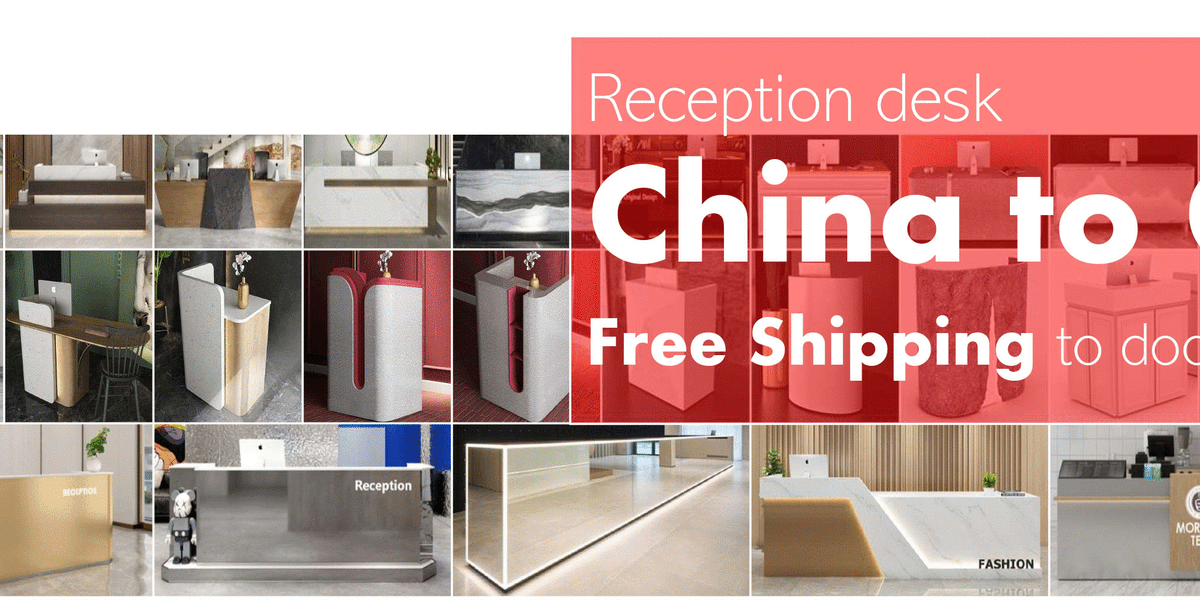A Quiet Shift at the Front Door
I watched a guest pause at the doorway, eyes scanning for a welcome that felt human. Reception Desks carry that moment, holding both the promise of order and the risk of delay. Here’s the data we dodge in daily rush: first impressions form in seconds; queues spike when layout fights flow; and small, tight counters multiply friction. Now ask yourself—what if the front desk could guide the moment, not strain it?

This isn’t about more screens. It’s about calmer systems and better paths. A compact counter with the right cues, maybe a subtle RFID reader and a small POS terminal, can shift the pace. Less reach. Fewer clicks. Cleaner lines. And yet many teams still wrestle with clutter, glare, and odd cable paths (tiny details, big outcomes). So the deeper question arrives: how do space, tech, and human rhythm meet in one square meter without noise? Let’s step past the surface and into the hidden mechanics that shape every welcome—then see what a smarter small footprint can do.
The Small Reception Desk: Hidden Friction in Plain Sight
Where do small desks fall short?
When you choose a small reception desk, the goal is simple: a clean point of contact that saves space and time. But the hidden layer is technical. Cable routing, sightlines, and arm reach all matter. If your POS terminal blocks the guest’s view, trust slips. If power converters sit in the knee space, comfort drops. If IoT sensors or badge scanners land outside natural reach, the flow breaks. Look, it’s simpler than you think: a small counter needs a bigger plan—component mapping, glare control, and a clear zone for paper or devices. Many teams use “just enough” setups and hope it works. Hope is not a layout. A measured grid is.
Traditional fixes add trays and stands, which steal surface area. Then comes the tangle: one thermal printer here, a spare tablet there, and cables crossing the greeting line—funny how that works, right? Staff look down more than they look up. Guests feel rushed, or worse, ignored. The real pain isn’t size; it’s cognitive load. Too many decisions in too little space. Intake forms that live in three places. Power that drops because a multi-plug bar overheats under the counter. And when the desk doubles for check-in and check-out, the queue blends, which makes small talk feel like a task. The fix starts with hierarchy: what must sit on deck, what can sit under, and what should vanish to the edge. Then align reach zones, add low-glare lighting, and set a single hand-off point for items. Because small, when focused, feels generous.

Looking Ahead: Smarter Front-of-House Wins
What’s Next
The path forward is not louder tech. It’s tech that disappears into a calm flow. Think modular panels with built-in cable troughs, so nothing shows. Think edge computing nodes tucked under, handling check-in logic without lag. Add RFID taps for quick ID, and a guided display that faces the guest, not the staff—so both see the same truth. In a hair salon reception desk scenario, that means fast arrivals, elegant up-sells, and no clutter on the welcome line. Sensors can nudge the queue gently, while a thermal printer stays silent until needed. Small desk, big clarity. And the best part: when the layout does the thinking, the team breathes easier—and that’s the quiet win.
Comparatively, old “stack and stash” counters lean on add-ons and workarounds. New principles favor integrated channels, power conditioning, and fewer touchpoints done well. The result: fewer mis-scans, shorter hand-offs, consistent eye contact. You’ll see it in outcomes you can count: time to greet, error rate on forms, and the feel of the space (soft edges matter). Here’s a simple closing frame you can use today. One: measure throughput per guest from first hello to completion, and aim to cut it by 20% without rushing. Two: map ergonomic reach zones for staff and confirm every daily tool sits within the primary arc—no stretch, no twist. Three: test power resilience; isolate critical devices, add surge protection, and label circuits for quick resets. Keep the promise small desks make: less to see, more to feel. And if you want a deeper playbook or references on modular front-of-house builds, you can always start with a calm read at M2-Retail.

